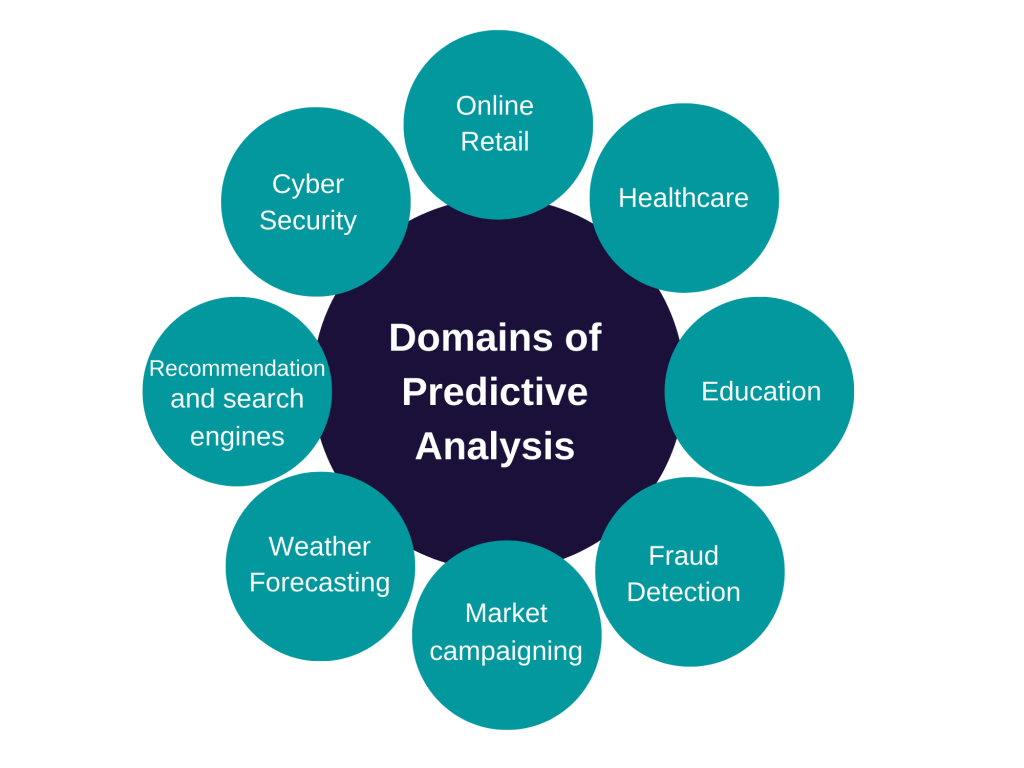Blog ENG
Predicitive analytics
Those who do not learn from history are doomed to repeat it – predictive analytics is there to learn all the patterns from history, so that the positive outcomes can be repeated and the mistakes are avoided.
What exactly is predictive analytics?
Predictive analytics is a branch of data science, which, by using and processing historical data, tries to predict future trends and behavior patterns. As such, it attempts to identify correlations between variables using various statistical analyses and machine learning algorithms. In order for this whole process to work better, we need large amounts of quality data, i.e. adequate data is a prerequisite for good results of predictive models.
As data storage becomes more cost-efficient companies today own more data than ever before. The data is becoming more and more complex and it is possible to access not only structured data, but also images and sound files, as well as various documents. At the same time, we have more and more computing power at our disposal that can handle the scope and complexity of this data.
Better software design allows for a simpler and more reliable testing and implementation process and use of predictive analytics.
How does predictive analytics help business?
As already mentioned, predictive analytics has the ability to predict patterns based on past data and there are many of its applications in the business world. Companies are given the opportunity to apply state-of-the-art statistical analysis and machine learning algorithms to their data, and to draw useful conclusions that will help them make smart business decisions. These conclusions can be used to predict the future values of certain variables, allowing companies to reduce risks and costs.

Using predictive analytics, a huge amount of data is analyzed, and such analyzes provide key points of business, which helps organizations understand their strengths and weaknesses. Also, predictive analytics helps identify future patterns of behavior that may be useful to a company in understanding customer needs, improving marketing strategy or optimizing various business processes. For a company, it is one of the main ways to increase growth and development.
Demand forecasting
One of the most widespread applications of predictive analytics in the business world is demand forecasting. It is a process of forecasting the future that involves processing historical data to assess a demand for a particular product and/or service. Accurate assessment can bring significant improvements in supply chain management and can help increase margins, improve cash flow and increase customer satisfaction – or increase profitability.

In an ideal world, companies would be able to meet the demand for their products without creating excessive inventories. However, in the real world demand varies constantly and rapidly. Consequently, many other factors that affect product availability (procurement time, supply chain imperfections, human errors, etc.) should not be overlooked.
On the one hand, the traditional model of demand forecasting includes estimating the demand based on the experience of the seller or some kind of collective “brainstorming” in the company, or assessment based on customer opinion (market research, surveys, etc.). On the other hand, modern methods are based on machine learning algorithms and various models for estimating the demand. If we have enough quality data at our disposal, it is almost certain that the model based on machine learning will be more accurate than human analysts and experts.
Applications of predictive analytics
Some of the other applications of predictive analytics are predicting risky events and then taking necessary steps to prevent them, monitoring customer behavior which leads to a personalized approach to customers and taking steps to prevent customers from leaving (customer churn). Furthermore, it is important to mention fraud detection, i.e. the detection of actions related to fraud and data misuse. Fraud detection includes money laundering, cybersecurity threats, tax evasion, fraudulent insurance claims, the use of stolen credit cards and identity theft and is prevalent in financial institutions, government, healthcare, the public and insurance sectors. Predictive analytics can help identify these anomalies in real time, minimize security threats, and enable companies to respond quickly to fraud attempts. There are still many applications of predictive analytics in the business world and as we can see, data has a value, and predictive analytics unlocks and leverages their potential.


